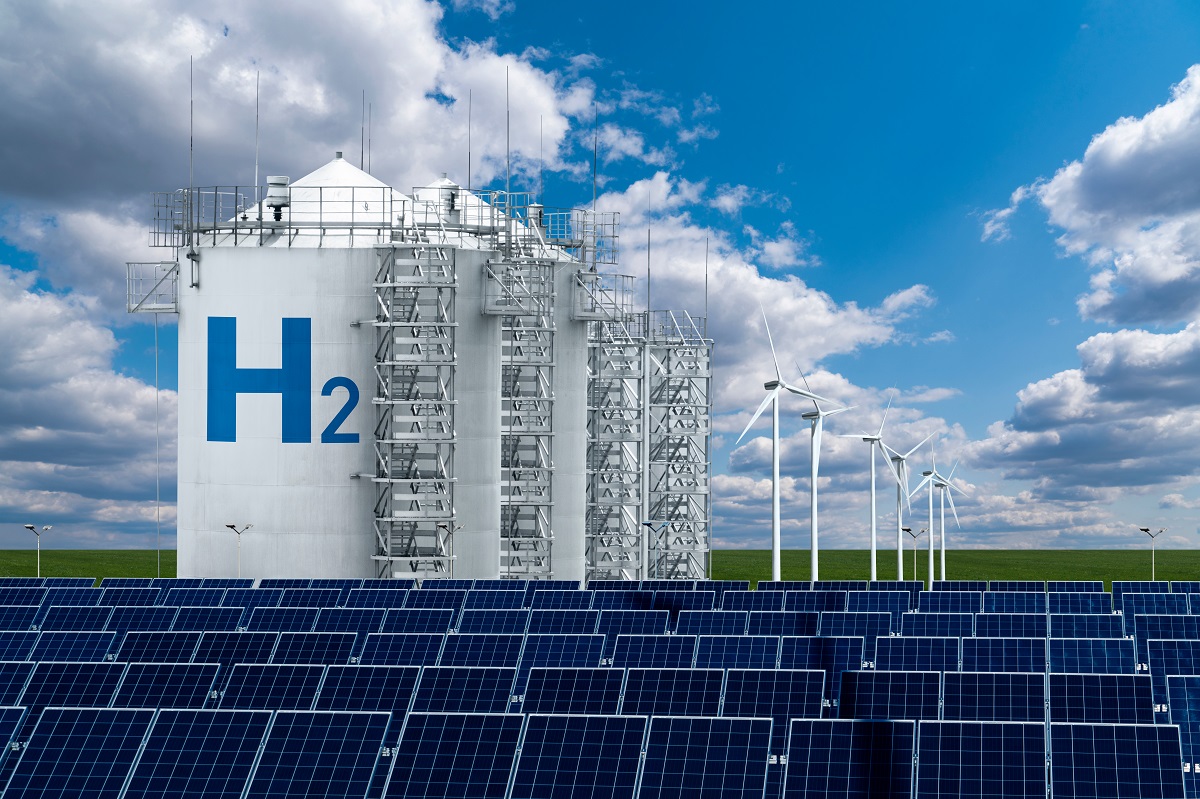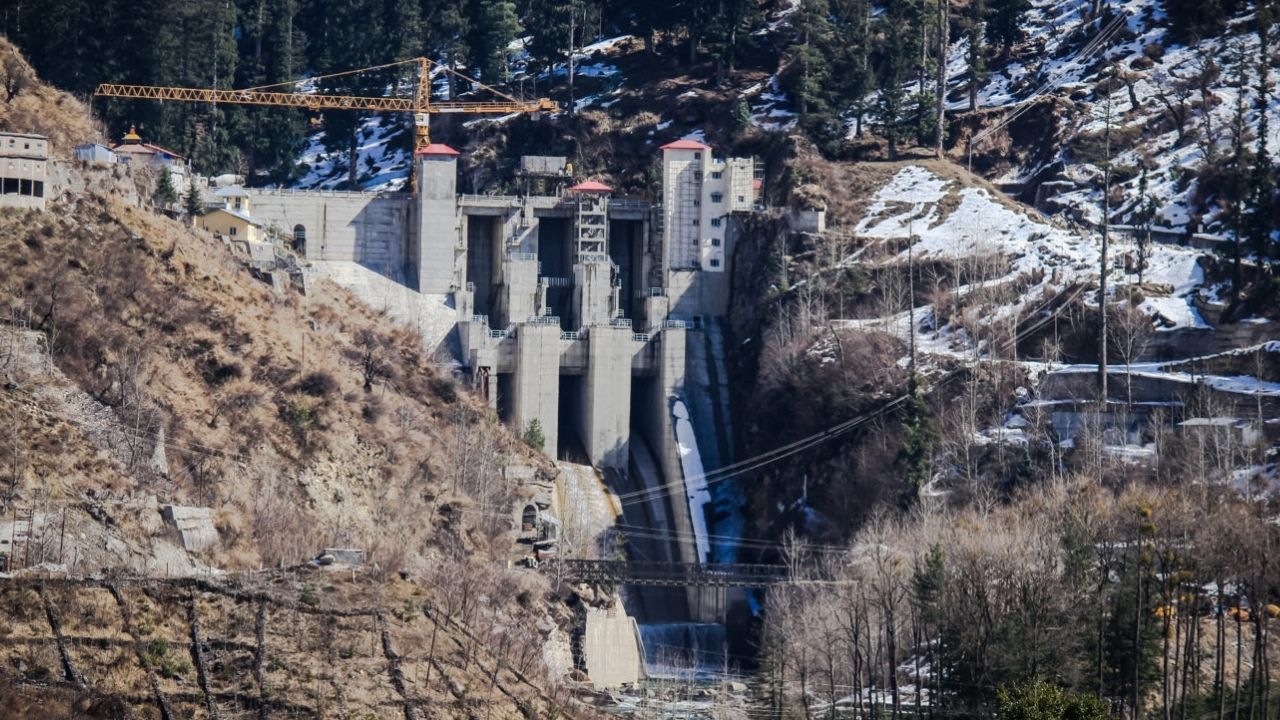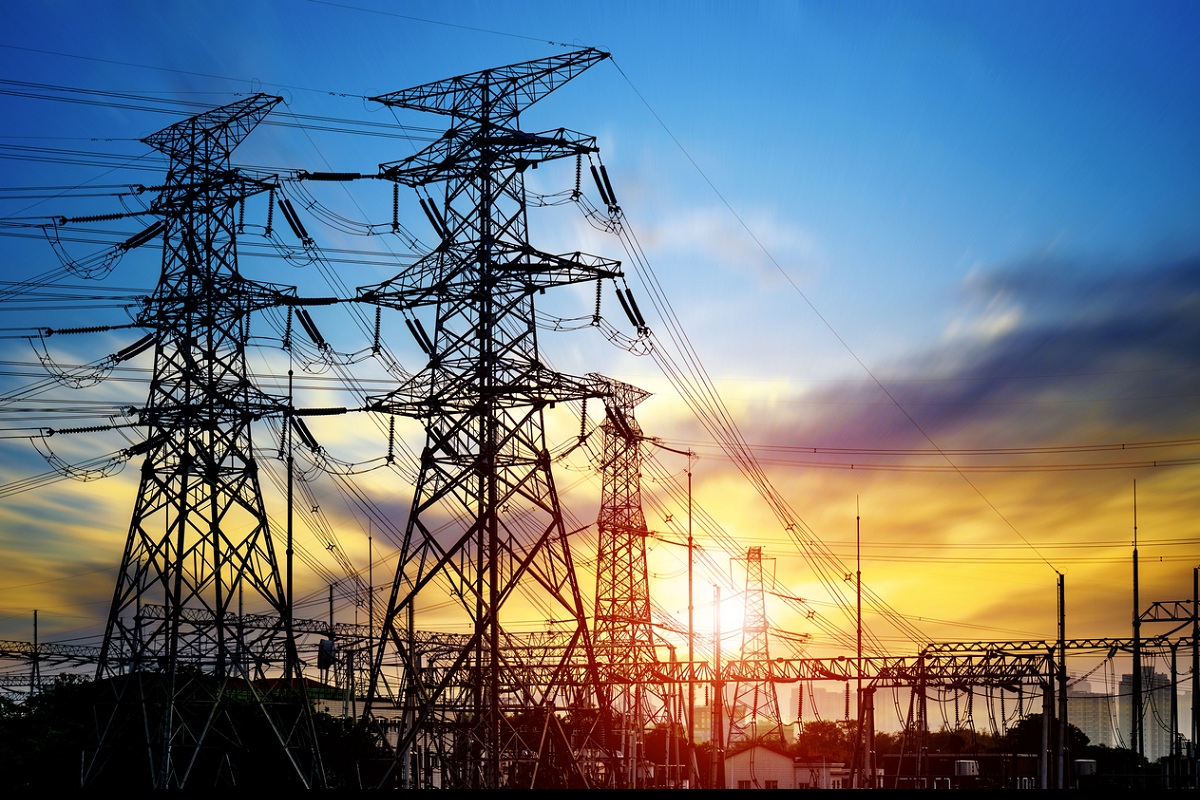Energy Update
India’s place in the new hydrogen world order

The Russian invasion of Ukraine has rattled energy markets worldwide. With the climate crisis already increasing the urgency of weaning the global economy off carbon, soaring oil and gas prices driven by the war hammer home the message that fossil fuels are a risky business.
India is betting on solar and wind expansion to reduce its dependence on imported fuels and meet its climate goals, but still meets 80% of its energy needs through coal, oil and solid biomass. The country is tackling this vulnerability not only by ramping up renewables, but also by striving to become a world leader in the green hydrogen sector.

According to new analysis by the International Energy Agency (IEA), in 2021 the amount of power India generated by burning coal broke a new record, with an additional 13% above 2020 levels. Carbon dioxide emissions strongly rebounded due to increased coal use. The energy watchdog also predicted that as energy demand rises, India’s heavy reliance on imported oil and gas could leave the country vulnerable to price volatility and potential disruptions in the supply chain. The analysis proved prescient when the government this week reportedly prepared to raise the cost of petrol and gasoline to match a sudden price spike in imported crude, which accounts for 80% of India’s oil usage.
Solar is considered one of the most powerful tools to build India’s energy independence, and it is poised to keep growing. But policy bottlenecks and a trade war with China, which still provides the bulk of the components fuelling India’s clean revolution, are slowing this progress. While it may be too late to rectify some of these market trends for the solar sector, green hydrogen development is still in its infancy globally, and Indian policymakers intend to learn from past mistakes and establish more robust supply chains.

What is green, grey and blue hydrogen?
Last month, the government launched a green hydrogen policy with the goal of producing 5 million tonnes of the fuel per year by 2030, about half of the EU’s target. The policy aims to facilitate the transmission of clean power for hydrogen production between states, addressing the connectivity issues that have stifled the circulation of solar and wind energy in the past. It also offers support for setting up manufacturing units across the country.
Hydrogen is the most abundant chemical element in the universe, but it is not found in its pure form in nature. It has to be extracted from compounds such as natural gas, biomass or water, through electrolysis. When this process is powered by clean energy such as solar, hydrogen is entirely pollution-free, because it doesn’t emit carbon when used.
“The production of green hydrogen is fairly uncomplicated,” says Kashish Shah, analyst at the Institute for Energy Economics and Financial Analysis (IEEFA). Currently, he explains, producing green hydrogen in India costs around USD 7 per kg, while grey and blue hydrogen, produced using fossil fuels, cost less than USD 2 per kg. Lowering the price of green hydrogen is possible, and “it’s going to happen through reduction in prices of renewable energy and reduction of prices in the cost of electrolysers”.
But a hydrogen market is yet to be established, and its applications are not as broad as those of other sources of clean energy. For one, the gas is very flammable, which means it’s difficult to move around and is better used where it is produced. A future hydrogen map of India will look very different to a solar one, with plants located within the industrial clusters where the fuel will be used.
Developer Acme Solar has already set up what it believes to be the world’s first integrated solar to green hydrogen to green ammonia plant, with a capacity of 5 tonnes per day, in the desert state of Rajasthan, and is planning another one in solar-radiation-rich Oman.
Delhi think tank The Energy and Resources Institute (TERI) said that demand for hydrogen, which is currently around 6 million tonnes per year in India and comes mostly from the fertiliser and refinery industries, could increase fivefold by 2050. Despite the optimism, green hydrogen’s potential mass applications are still unclear.
The conflict in Ukraine could speed up the process of shifting to green hydrogen, as higher gas prices are making green ammonia and hydrogen comparatively cheaper
“We need to create a market for green hydrogen,” says Hemant Mallya, who leads the think tank Council on Energy Environment and Water’s (CEEW)’s work on hydrogen and is cooperating with the government on its development strategy. Currently, most of the hydrogen produced in the country comes from fossil fuels, but India hopes to replace it over time with green hydrogen. Unexpectedly, the conflict in Ukraine could speed up the process, as higher gas prices are making green ammonia and hydrogen comparatively cheaper.
“This time we can’t miss the boat, like we did with the solar trajectory,” Mallya says, referring to China’s unshakable dominance in the sector. “Having said that, we’ll have to see how users respond, because it’s not just about supplying [the fuel], the end user needs to be willing to invest as well [to set up the adoption infrastructure],” he says. “Consumer attitudes will inform us on whether we can domestically build capacity or not.”
Sandeep Kashyap, ACME Group’s chief operating officer, says that while the company appreciates the first policy steps taken by the government, going forward “it will be important to come up with policy measures for demand creation, for example through green hydrogen and ammonia purchase obligations”, which would require target users to purchase a minimum percentage of the clean fuel for their operations.
The idea, Mallya says, is to make India a green hydrogen hub able to export electrolysers as well as green hydrogen derivatives such as ammonia, something that the aviation and maritime industries are considering as low-carbon fuel.
If renewables progress according to the government’s plans, “installed capacity of wind, solar and other renewable sources in India will leap to 500GW by 2030, a scenario with affordable electricity from green sources,” Kashyap says. “This excess electricity can be utilised to produce green hydrogen and green ammonia to replace carbon-emitting fuels in various industries,” he adds, “including fertilisers, refineries, steel manufacturing and long-haul transport, among others.”
What is green hydrogen used for?
IEEFA’s Shah cautions that China is already taking the lead, with electrolysers costing a quarter of those manufactured in the US or Europe, “but the green hydrogen economy is still at a very early stage,” he adds, “and I think hydrogen could be one of the technologies in which India can excel and become a world leader.”
Ultimately, while some competition between India, China and other renewables-rich nations will remain, a new global hydrogen economy will look very different to a solar one, where a few actors who own the technologies, the manpower or the rare minerals control most supply chains. “As a country we believe that there shouldn’t be any cartelisation of energy sources, we don’t want to displace OPEC with a new bunch of cartels,” says Mallya.
Hydrogen has the power to reshape the global clean energy economy, and the unique opportunity to help achieve a more equitable access for all. “In the longer term, we cannot have just a few countries controlling the technology, the sourcing of fuels, or the energy,” Mallya says. India is going to be a powerhouse of green energy, “but we don’t see ourselves as playing with the markets.” Instead, the country proposes a “multilateral green hydrogen alliance, where we discuss mutually beneficial arrangements, tackling issues from supply chain resilience to the pricing of energy” and more importantly how to serve “the vast population of the world who still don’t have access to clean energy”.
Conversation
- Info. Dept. Reg. No. : 254/073/74
- Telephone : +977-1-5321303
- Email : [email protected]














